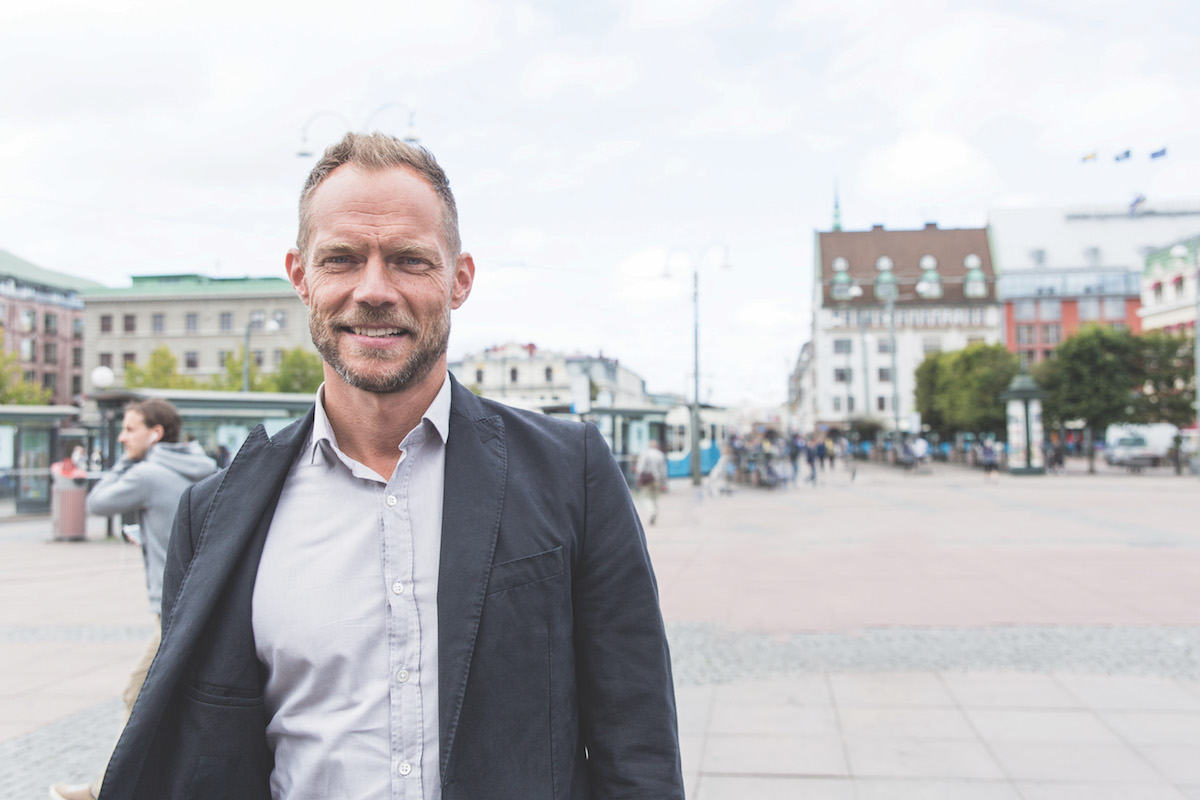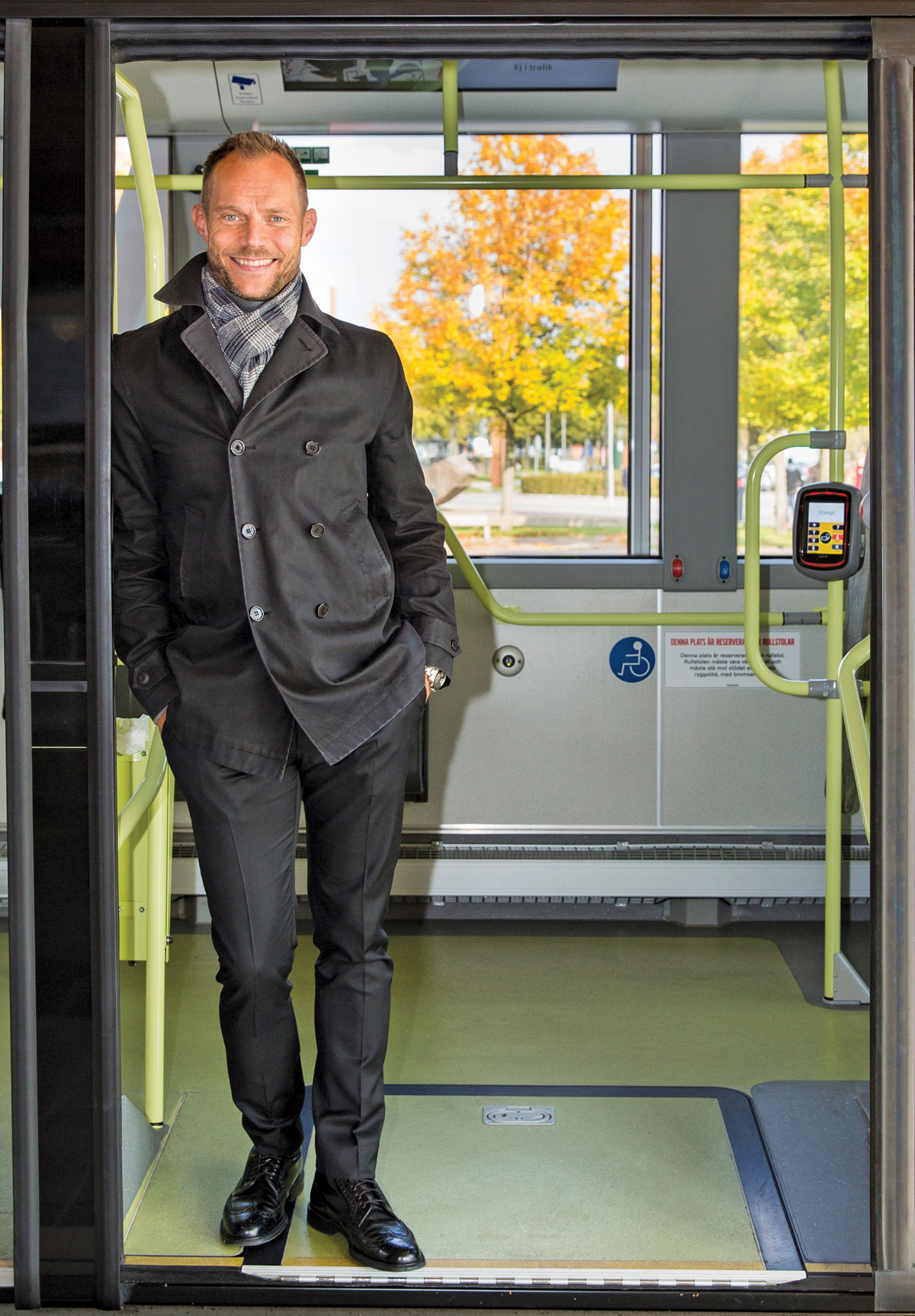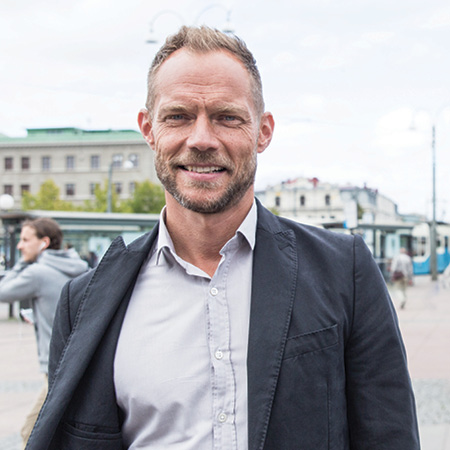Public transport is one of those necessary evils in life — something of great benefit, but usually of little charm. Sometimes it runs like a dream, sometimes it’s your worst nightmare. The reality is that we all need it at some stage, granted, some more than others. But no matter whether you’re on the train every day, or catch a bus once a year, we all want a good ride. It’s never a guarantee, of course, because in every city around the world public transport services, no matter how professionally run, can vary from day to day; everyone has a public transport story.
It’s also a conundrum for local governments as the trend to rid major cities of cars increases and the pressure to improve transport intensifies. Finding incentives to lure motorists from their cars and onto public transport is also a challenge as many still doggedly prefer to remain behind the wheel.
And it’s the stubborn motorist that Lars Backström plans to target. The CEO of Västtrafik, Sweden’s second-largest public transport authority, has turned his attention to potential commuters, the tough nuts to crack, the ones who vow they’ll never set foot on a bus, ferry, train or tram.
In his corner of the world in Västra Götaland on Sweden’s west coast, Lars is responsible for transporting 17% of Sweden’s population, around 1.6 million people, on 2,700 buses, trains, trams and ferries that stop at 22,000 locations. Götaland is comprised of 49 municipalities, including Sweden’s second-largest city, Gothenburg. Every day, around 940,000 journeys are made by 375,000 passengers covering 390,000 kilometres — that’s a massive 9.6 times around the earth — with about 65% of those passenger kilometres being operated using renewable energy.

Lars wants to double the number by 2025 with a strategy as simple as it is complex. He wants people to hop on his transport services because they want to, not because they have to. And it’s safe to say that he’s already well on his way to boasting the largest increase of ridership in the country. To achieve his aims, though, a change of mindset is needed. “In a nutshell, our culture has always been very much product oriented,” Lars said. “But we can’t rely on just having good public transport; we need to focus more on the customers and their needs and how to make their experience better. I am very much focused on business development, increased market share, and ridership. These goals were virtually non-existent when I started.”
It’s probably fair to say that for commuters, using public transport is more about convenience, affordability and accessibility than looking for a good time. Advances in technology have enhanced the experience to enable passengers to do more than bury their heads in a good book or a newspaper; commuters these days can indulge themselves by tuning into their phones or laptops for entertainment. Why wouldn’t you enjoy the ride? “There are people who don’t want to use public transport, or even try to use it,” Lars explains. “These are the people we have to find, to track. Obviously, we can monitor the people already using our services, but we need to get new customers. We need to convince them that what we offer is better than sitting in a car. That is very much our vision. “One very important area for us to embrace, of course, is new technology, especially digitisation,” Lars says.

“Our first step is focused on providing digital tickets so we can increase access to public transport in a very smart and easy way. Information and the accuracy of information is also a valuable resource, and the challenge now is to convert that from just data to valuable personalised information. We are putting a lot of trust and a lot of money into digitisation, and I think we have just taken our first step into that world.”
Västtrafik has already invested in infotainment systems providing traffic information, news and advertising opportunities on Gothenburg commuter trains, and last year became Sweden’s first transport authority to showcase plans for integrated mobility. More than 60 organisations, from international companies to small start-ups, gathered in Gothenburg with Västtrafik to explore the potential and technical capabilities of connecting public transport 24/7 with bike- and car-sharing services as well as rental cars and taxis.
Meanwhile, although attracting customers is a strong priority, Västtrafik has also strengthened its commitment to employee training, and expanded its management coaching to include the operating staff supplied by its partners. “We have always ensured our own people are trained in customer experience, but now we are embracing all those who perform every day on the ground: the drivers and operators.
“We are nothing without our partners. Our success is their success and vice versa.” – Lars Backström
“Last year, we focused on training managers in those fields, teaching them how to drive customer experience. After all, from a customer perspective, we are all performing under the same brand name.”
Västtrafik enjoys around 100 partnerships with transport operators and agencies who also supply ticket inspectors, shop staff, and specialised services on demand, such as schools and medical organisations. “We are nothing without our partners,” he concedes. “Our success is their success, and vice versa. We aren’t interested in the lowest-price tenders; that’s not how to build long-term relationships.
We value an organisation’s ability to develop a business together with us. If we didn’t have our partners and strong relationships, we would be just a head office and a bunch of trains.”
Having helped transition the company through the introduction of new services, a congestion tax and a change in ownership, Lars is realistic about the new challenge of getting more people to use Västtrafik’s services.
“There’s nothing different between us and a gym you live nearby that offers great opening hours,” he says. “It’s a great product, but that doesn’t necessarily mean I am more interested in going there. The same works for public transport, or any change in lifestyle you make. You need to be attracted to benefits other than purely the functional ones. That is the big focus for us.”

